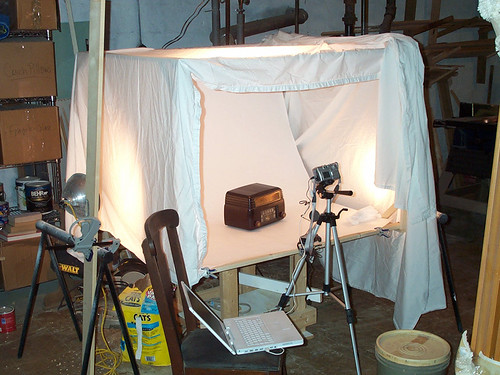Sometimes the best shots are accidents. They come from the moment your finger slips, your settings are wrong, you shoot into the sun, or your model sneezes. The results are more about serendipity than technique, and they can surprise even the most accomplished photographer.
The theme for Issue 6 is "Oops!" to celebrate these happy accidents. We’re seeking submissions of photos that say “Oops!” to you. Maybe it’s a photo you didn’t mean to take, or a moment you didn’t expect to capture. You’re encouraged to have fun with the theme. Surprise us!
Got the perfect "Oops!" photo? Submit it now! Submissions open until April 30, 2006.
